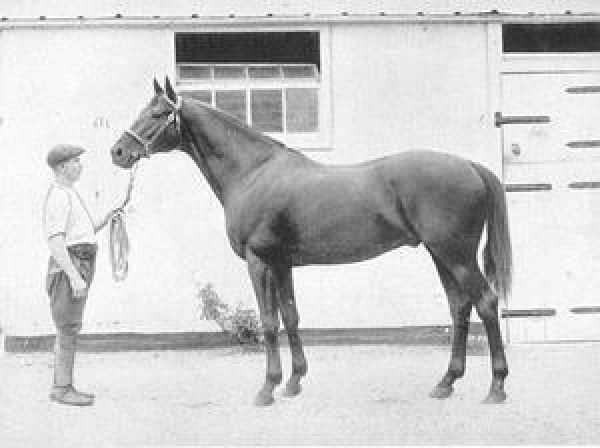Warmblood fragile foal syndrome is a severe, usually fatal, genetic disease that manifests itself after birth in affected horses. Due to the defect, the connective tissue is unstable. Under force, for instance, the skin tears from the tissue underneath and the joints can suffer dislocation. A research team from the Universities of Göttingen and Halle has now been able to prove that the disease did not stem from the English thoroughbred stallion Dark Ronald XX, which had been the assumption until now. The results have been published in the journal Animal Genetics.
The mystery of the genetic defect could have been solved in 2012: this is when gene responsible was identified. It is called PLOD1 and normally ensures that collagen molecules in the skin and connective tissue can bind to form a stable network. The mutation in the PLOD1 gene prevents “cross-linking” which is needed for stable collagen. The exact origin of the mutation was previously unclear. Since the spread of the genetic defect is also a problem in horse-breeding in Germany, the Vereinigte Informationssysteme Tierhaltung (IT-Solutions for Animal Production) in Verden 2019 determined the possible origin of the genetic defect from the test results of around 2,000 horses and their pedigree records. The investigation concluded that the genetic defect was probably due to the English thoroughbred stallion Dark Ronald XX (1905-1928) or his father, Bay Ronald XX, and the defect was then spread through their offspring. The current research, led by the University of Göttingen, calls this theory into question.
Read more at University of Göttingen
Photo: Dark Ronald XX was a stallion who significantly influenced the breeding lines. CREDIT: From the publication of the natural science collections of the Martin Luther University Halle-Wittenberg


